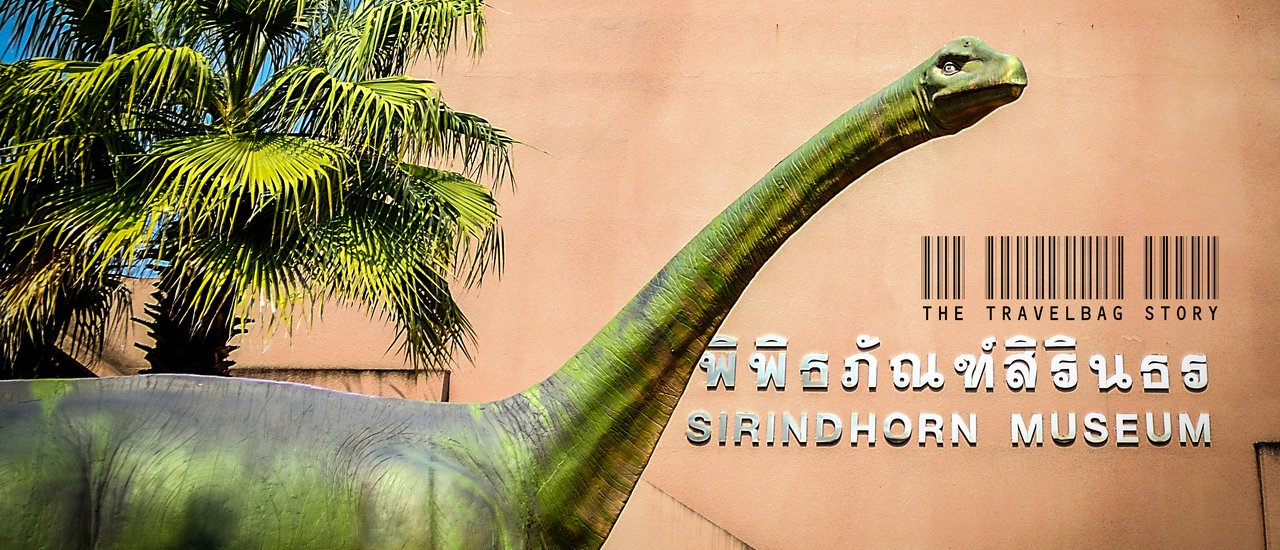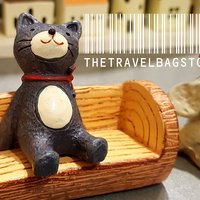Northeastern Thailand is considered the cradle of Thai paleontology, particularly for dinosaurs. While the first dinosaur discovery in Thailand occurred in Phu Wiang, Khon Kaen, in 1976, the Phu Kum Khao area in Kalasin, where the museum is located, is believed to hold a significant number of dinosaur remains scattered underground. From Khon Kaen and Kalasin in the north, through Sakon Nakhon, to Nong Khai and Bueng Kan, numerous dinosaur fossils have been unearthed across northeastern Thailand.

The discovery of dinosaur fossils at Phu Kum Khao in Kalasin province, Thailand, led to the establishment of the Sirindhorn Museum. The museum's collection includes dinosaur remains, making Kalasin a significant location for paleontological research. The museum's exhibits are of international quality, comparable to those found in museums in the United States and England. The museum's location, however, presents accessibility challenges. Despite this, the Sirindhorn Museum is considered one of the best in Southeast Asia. With the potential opening of Myanmar, the discovery of additional dinosaur fossils in the region is anticipated.


Let's meet the first dinosaur that brought fame to Thailand, the Isanosaurus attavipatchi, the oldest dinosaur in the world. It is a herbivorous sauropod, related to the gigantic Brachiosaurus. The name honors Mr. Preecha Attavipach, former Director-General of the Department of Mineral Resources.

This is _Sittakosaurus satyagrahai_, a ceratopsian dinosaur, or a dinosaur with a parrot-like beak and bird-like hips. It was discovered by Nares Satyarak in Chaiyaphum, Thailand. It lived during the mid-Cretaceous period, over 100 million years ago. It was a herbivore and measured approximately 1 meter in length. Its remains have also been found in other locations, such as Shandong, China, Mongolia, and Siberia. The discovery in Chaiyaphum confirms that the Indochina Peninsula was part of Asia as early as the Cretaceous period.

The dinosaur model in Thailand, along with its contemporaries, includes a species more ferocious than the Tyrannosaurus Rex. This creature appeared in both Jurassic Park II and Ice Age 3. Ultimately, however, the Tyrannosaurus Rex reclaimed its throne as the ultimate predator. Notably, the creature reflected in the shadow is merely a near-dinosaur.

The next link is Opetiosaurus bucchichi, or Aiialosaurus bucchichi, which is considered an early ancestor of mosasaurs, or the first group of marine dinosaurs. It has a crocodile-like shape.

Next is the king of the sky, the Pteranodon, a dinosaur in the pterosaur group, which literally translates to "flying dinosaur." From the skeleton, we can answer the question of why it could fly. Its bones were thin and hollow, making its body light. Its feeding habits were similar to those of modern pelicans, as it also liked to swoop down and eat fish.

Next is the plesiosaur. Those who have watched Doraemon may remember Pisuke, but Pisuke is much cuter than the real thing.

Let's reveal the identity of this dinosaur, Siamosaurus suteethorni. While children often call it a T-Rex, it's not. Siamosaurus is a theropod dinosaur, meaning it walked on two legs. It reached a size of 7 meters and lived during the Early Cretaceous period, 60 million years before the T-Rex. So, they wouldn't have crossed paths, except in the movie Jurassic Park III. However, it's said to be even more ferocious than the T-Rex. That dinosaur is called Spinosaurus, a relative of Siamosaurus. It was discovered by Varawut Sutheethorn.

This is Phuwiangosaurus sirindhornae, a type of sauropod or long-necked herbivorous dinosaur. Phuwiangosaurus is a type of titanosaur, a group that includes famous dinosaurs like Brachiosaurus, the largest dinosaur in the world. However, Phuwiangosaurus was smaller, measuring around 15-20 meters. It was first discovered in Phu Wiang in 1982, hence the name Phuwiangosaurus. At Phu Kum Khao, at least 6 skeletons of these dinosaurs were found, with more than 800 pieces. Meanwhile, in Phu Wiang itself, bones of young individuals measuring around 2 meters were also discovered.

The provided text is an empty paragraph containing only a line break. As there is no actual content to translate, I cannot provide a translation in this instance.
Please provide a sentence or phrase that requires translation, and I will be happy to assist you.
This is the skeleton of the Sittakosaurus satyagrahai.


The text you provided is in Thai and describes a dinosaur fossil found in Phu Wiang, Thailand. Here's the translation:
This is likely a Compsognathus, discovered in Phu Wiang, Thailand. It's a small dinosaur that appeared at the beginning of the Jurassic period, as seen in Jurassic Park II.

What is its name? I couldn't find it when I took notes. It should be the Thai ostrich dinosaur, Kinnareemimus. Notice the name Kinnare. This one appeared in the first Jurassic Park movie when the little boy called its name Kinnareemimus. I'm so proud.
This Stegosaurus, with its iconic bony plates for defense, is another famous dinosaur discovered in Kalasin, Thailand.


The protagonist of our story, Siamotyrannus isanensis, is a new species of dinosaur discovered in Thailand. Found in Phu Wiang, it lived during the early Cretaceous period, 130 million years ago, predating the Tyrannosaurus Rex. This discovery in Thailand suggests that Tyrannosaurus or T-Rex may have originated in Asia before migrating to North America and eventually becoming extinct there.



This is a Pachyrhinosaurus.

I am unsure if this is an Oviraptor. The beak on the skull suggests it might be.

Dinosaur excavation site. Closing this thread with the last picture from the museum. www.facebook.com/theTravelBagStory

The sentence is already in English and does not require translation.
TravelTherapy
Wednesday, October 9, 2024 6:03 PM
















